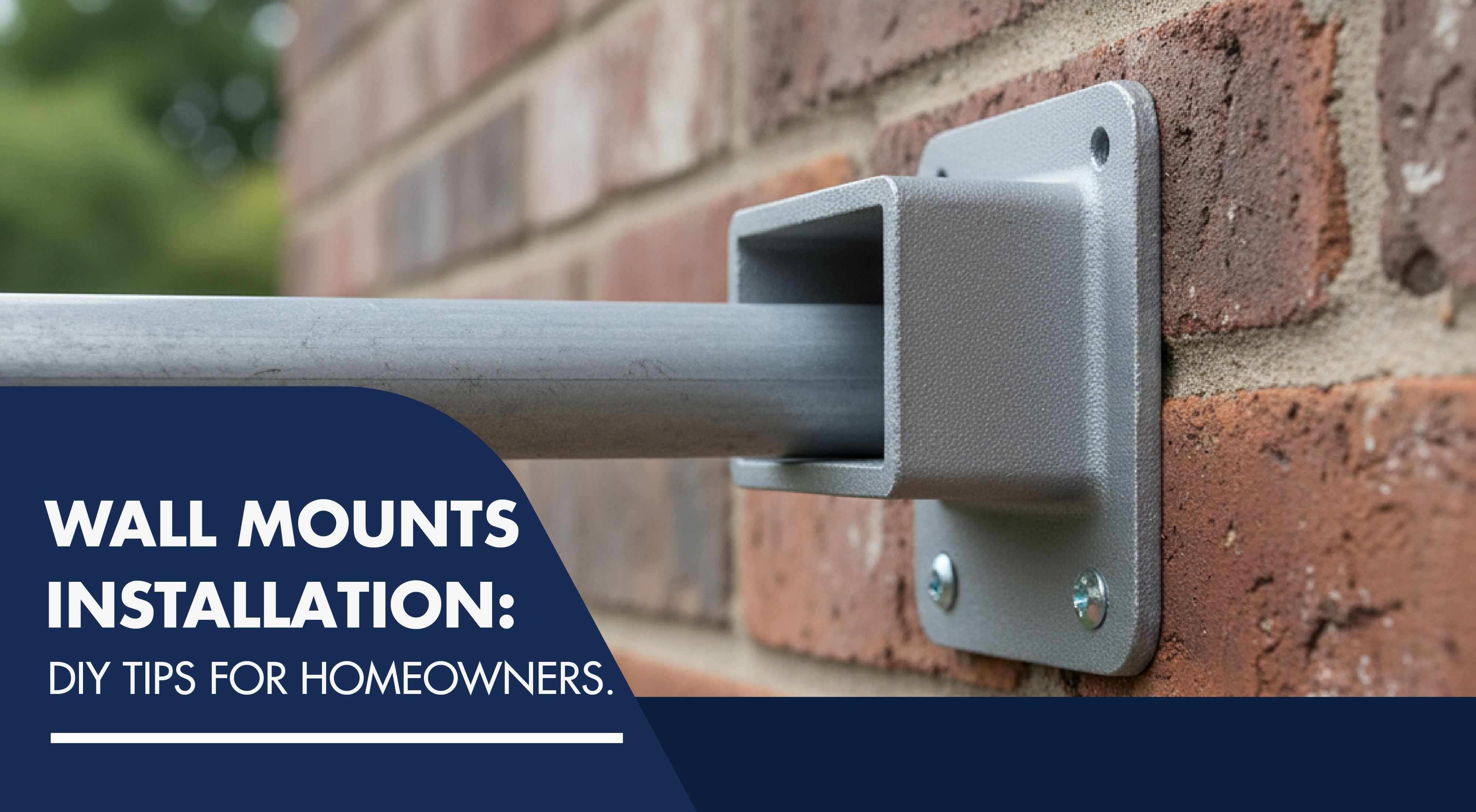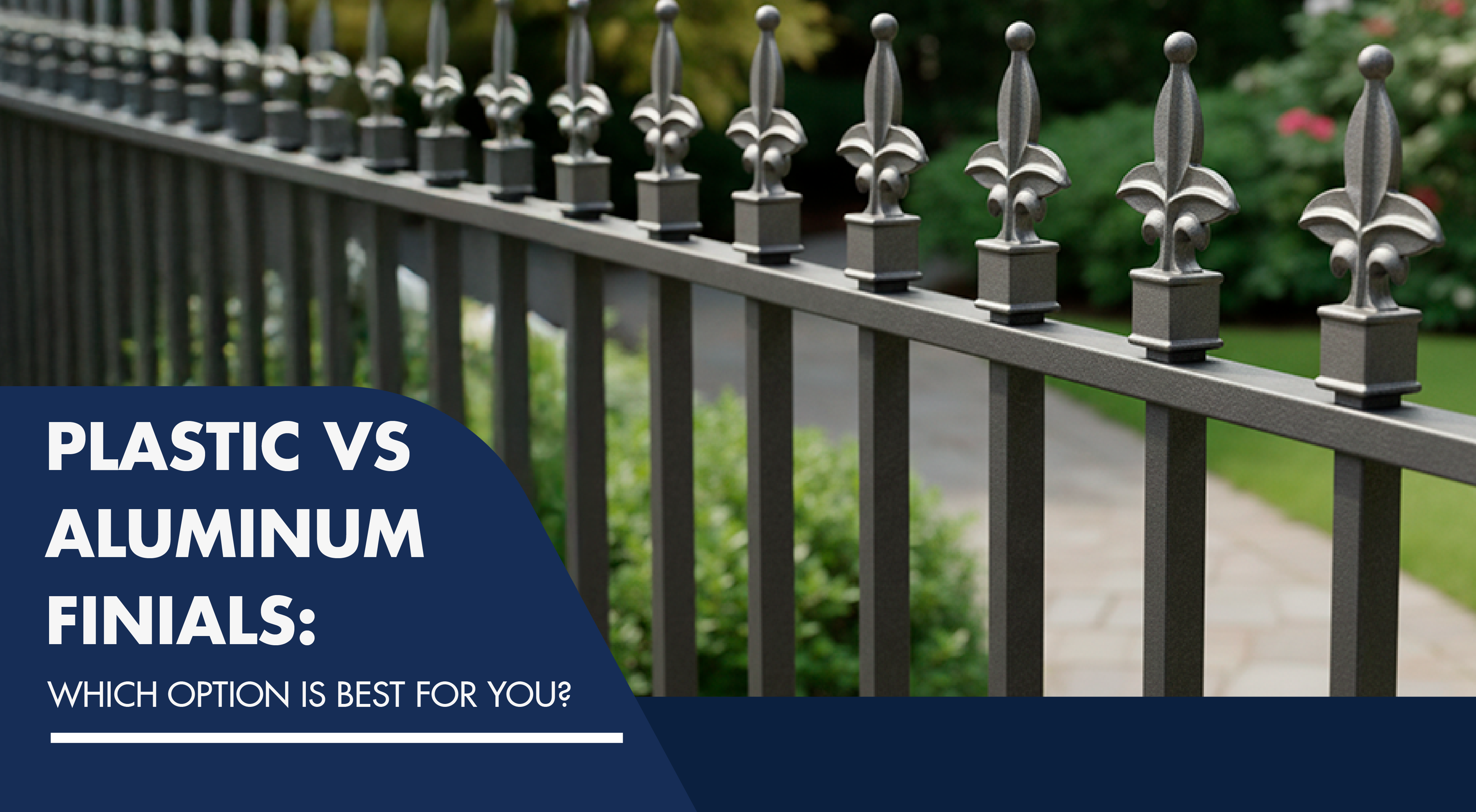Installing fences and gates requires more than just picking the right materials—structural stability is everything. That’s where angle brackets for fence and gate installations come in. These small, L-shaped fittings play a critical role in ensuring your structure stays strong, aligned, and durable over time. If you want professional results, you’ll need high-quality angle brackets like those found in this angle brackets collection from Fittings Plus. In this article, we’ll walk you through what they are, how to use them properly, and how to combine them with corner braces to get the best outcome.

What are angle brackets and why are they essential?
An angle bracket is a simple but powerful component used to reinforce 90
-degree connections in structures like fences and gates. Whether you’re a contractor or a DIYer, using angle brackets for fence an
d gate installations can drastically increase the reliability of your setup. These brackets are usually made of aluminum or galvanized steel, providing both strength and corrosion resistance.
Angle brackets help:
-
Prevent frame misalignment
-
Distribute stress evenly
-
Speed up and simplify installations
-
Reduce long-term maintenance issues
They are especially useful at rail-to-post joints, gate corners, and any part of the fence where stability matters most.
Angle brackets vs corner braces – what’s the difference?
Although often confused, angle brackets and corner braces serve slightly different functions. Corner braces are essentially a type of angle bracket, but they tend to be larger and more robust, designed for heavy-duty reinforcement.
-
Angle brackets: suitable for light to medium loads; come in many sizes and styles.
-
Corner braces: thicker and more rigid; ideal for gate corners and high-stress joints.
When installing a gate, for example, you might use angle brackets for connecting the rails to the posts, and corner braces at the corners of the gate frame to resist twisting or sagging.
How to choose the right angle brackets for your project
Here are key factors to consider when choosing angle brackets for fence and gate installations:
-
Material – Choose aluminum for its lightweight corrosion resistance, or galvanized steel for heavier loads.
-
Size – Match the bracket size to your post and rail dimensions to ensure a flush and secure fit.
-
Hole configuration – More holes allow for stronger, more evenly distributed fastening.
-
Load capacity – Know how much stress the joint will bear and choose accordingly.
-
Finish – Powder-coated finishes provide extra weather protection and aesthetic appeal.
Fittings Plus offers a wide selection of angle brackets that check all these boxes, making them a smart choice for both professionals and homeowners.
Tools and materials you’ll need
Before you begin, gather the following:
-
Angle brackets and corner braces
-
Stainless steel or coated screws
-
Drill with appropriate bit
-
Carpenter’s square and measuring tape
-
Level
-
Pencil or marker for placement
-
Optional: pilot bit or screw anchors for dense wood or masonry
Using the right tools is just as important as using the right brackets. This ensures each bracket is placed cleanly and securely.
Step-by-step installation guide
Follow these steps for a reliable installation using angle brackets for fence and gate installations:

-
Plan your layout – Determine where each bracket will go based on your design and load-bearing needs.
-
Measure and mark – Use a square to mark accurate 90-degree connections on posts and rails.
-
Pre-drill holes – Especially important for hardwoods or treated lumber.
-
Align bracket – Hold the angle bracket tightly against both surfaces.
-
Fasten with screws – Insert screws through each hole and tighten securely.
-
Add corner braces – Reinforce any gate corners or longer sections of fencing with additional braces.
-
Check alignment – Use a level to ensure everything is straight before continuing.
By following this process, you’ll achieve a clean, professional-looking fence or gate that holds up over time.
Read also: Types of Fencing Brackets
Pro tips for best results
-
Use corrosion-resistant fasteners: this avoids rusting at the connection points.
-
Reinforce gates thoroughly: combine angle brackets with corner braces to avoid sagging.
-
Double-check alignment before tightening all screws—adjustments are easier when things are still slightly loose.
-
Inspect brackets annually and re-tighten screws if needed.
Angle brackets for fence and gate installations offer long-term benefits if installed properly. Don’t rush—take the time to get each joint perfect.
Where to install corner braces
Although corner braces are sometimes optional, they’re highly recommended in key locations:
-
Gate corners – Prevents twisting and sagging.
-
Mid-rail support – Adds rigidity to longer spans of fencing.
-
High-wind zones – Reinforce any areas subject to strong winds or impact.
Think of corner braces as insurance for the structural integrity of your installation.
Can I install angle brackets without corner braces?
Yes, you can install angle brackets without corner braces, but it depends on the application and the level of support required. Angle brackets are often used to reinforce joints or provide structural support, and in many light to moderate-duty projects, they may be sufficient on their own. However, if you're working on a project that involves heavy loads, frequent stress, or requires enhanced stability (such as shelving, framing, or furniture construction), corner braces can provide additional reinforcement by distributing force more evenly across the joint.
Installing only angle brackets might be enough for decorative or low-load purposes, but for long-term durability and safety, especially in structural or load-bearing projects, using both angle brackets and corner braces is recommended.
Always consider the specific requirements of your project and the type of materials you're working with to determine the best reinforcement solution.
Build it stronger with the right brackets
Invest in structural security and peace of mind. Whether you're a contractor or DIY enthusiast, choosing the right angle brackets for fence is essential for success. Combine them with corner braces, use the proper tools, and follow each step carefully to achieve lasting, stable results.
At Fittings Plus, we offer top-tier angle brackets and hardware made to support your projects from start to finish. Explore our collection today and elevate your next build.






